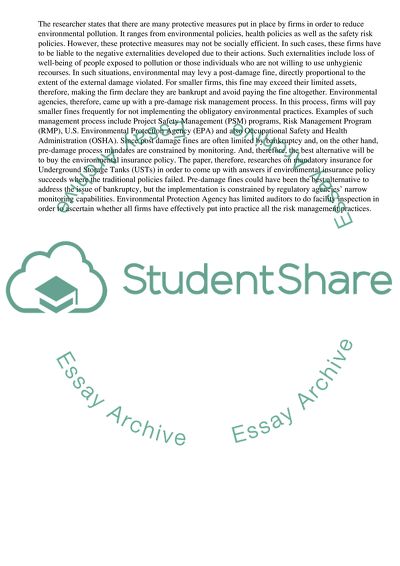Cite this document
(“Can Environmental Insurance Succeed Where Others Have Failed Essay”, n.d.)
Can Environmental Insurance Succeed Where Others Have Failed Essay. Retrieved from https://studentshare.org/business/1680214-general-insurance
Can Environmental Insurance Succeed Where Others Have Failed Essay. Retrieved from https://studentshare.org/business/1680214-general-insurance
(Can Environmental Insurance Succeed Where Others Have Failed Essay)
Can Environmental Insurance Succeed Where Others Have Failed Essay. https://studentshare.org/business/1680214-general-insurance.
Can Environmental Insurance Succeed Where Others Have Failed Essay. https://studentshare.org/business/1680214-general-insurance.
“Can Environmental Insurance Succeed Where Others Have Failed Essay”, n.d. https://studentshare.org/business/1680214-general-insurance.


